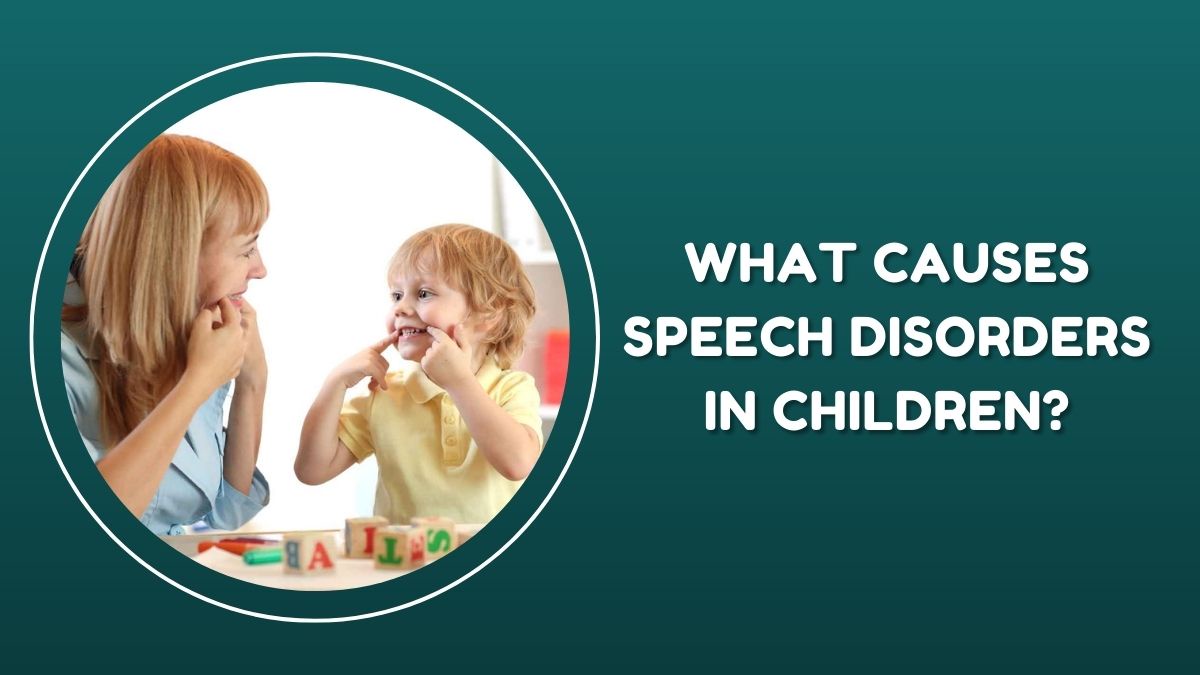Communication is the cornerstone of human interaction, and for children, the ability to express themselves verbally is crucial for their social, emotional, and academic development. However, for some children, this developmental milestone may not come as naturally as expected. Speech disorders can manifest in various forms, impeding a child's ability to communicate effectively. As a speech therapist in Jaipur, I have delved into the intricacies of these disorders to shed light on their causes and offer insights into intervention strategies.
Understanding Speech Disorders:
Speech disorders encompass a wide range of conditions that affect a child's ability to produce sounds, form words, and communicate fluently. These disorders can be classified into several categories, including articulation disorders, phonological disorders, stuttering, and language disorders.
Articulation disorders involve difficulties in producing specific sounds or sound patterns correctly, leading to unclear speech. Phonological disorders, on the other hand, involve challenges with understanding and using the sound system of a language, resulting in patterns of sound errors. Stuttering is characterized by disruptions in the flow of speech, such as repetitions, prolongations, or blocks of sounds or syllables. Language disorders encompass difficulties in understanding and/or using words, sentences, and discourse.
Causes of Speech Disorders:
The causes of speech disorders are multifaceted and may involve a combination of genetic, neurological, environmental, and developmental factors. Here are some common contributors to speech disorders in children:
Genetic Factors: Certain genetic syndromes and conditions, such as Down syndrome, Fragile X syndrome, and Childhood Apraxia of Speech (CAS), can predispose children to speech disorders. These conditions may affect the development of the oral structures and neural pathways involved in speech production and language processing.
Neurological Factors: Brain injuries, abnormalities, or developmental delays affecting areas of the brain responsible for speech and language can result in speech disorders. Conditions such as cerebral palsy, traumatic brain injury, and developmental dysphasia can impact the motor control and coordination necessary for clear speech production.
Environmental Factors: Environmental factors, including exposure to toxins, maternal substance abuse during pregnancy, and early childhood trauma, can influence speech and language development. Lack of access to quality healthcare, education, and language-rich environments may also contribute to delays or disorders in communication skills.
Developmental Factors: Some children may experience delays or deviations in speech and language development due to factors such as prematurity, hearing loss, or developmental delays. Early experiences and interactions with caregivers play a crucial role in shaping a child's communication skills during critical periods of development.
Intervention Strategies:
Early intervention is key in addressing speech disorders and maximizing a child's communication potential. As a speech therapist in Jaipur, I employ a holistic approach to assessment and intervention, tailored to the unique needs of each child. Here are some strategies commonly used in speech therapy:
Speech and Language Therapy: Individualized therapy sessions focus on improving specific areas of speech production, language comprehension, and communication skills. Techniques such as articulation drills, phonological awareness activities, and language-based games are used to target goals and enhance overall communication abilities.
Augmentative and Alternative Communication (AAC): For children with severe speech impairments or limited verbal communication, AAC systems such as picture boards, communication devices, and sign language may be introduced to support expressive and receptive language skills.
Parent and Caregiver Involvement: Collaboration with parents and caregivers is essential for facilitating carryover of skills learned in therapy to everyday contexts. Providing education, training, and support to families empowers them to create language-rich environments and reinforce communication strategies at home.
Multidisciplinary Collaboration: Working collaboratively with other professionals, such as pediatricians, audiologists, psychologists, and educators, ensures a comprehensive approach to addressing the underlying factors contributing to a child's speech disorder. This interdisciplinary team effort promotes holistic care and enhances outcomes for the child.
Empowering Children to Communicate:
Speech disorders present unique challenges for children and their families, but with early identification and appropriate intervention, significant progress can be made in improving communication skills and enhancing quality of life. As a speech therapist in Jaipur, my mission is to empower children to find their voice, express themselves confidently, and thrive in their personal and academic pursuits. By raising awareness of the causes and intervention strategies for speech disorders, we can work together to create a more inclusive and supportive environment for children of all abilities to communicate and connect with others.


No comments yet